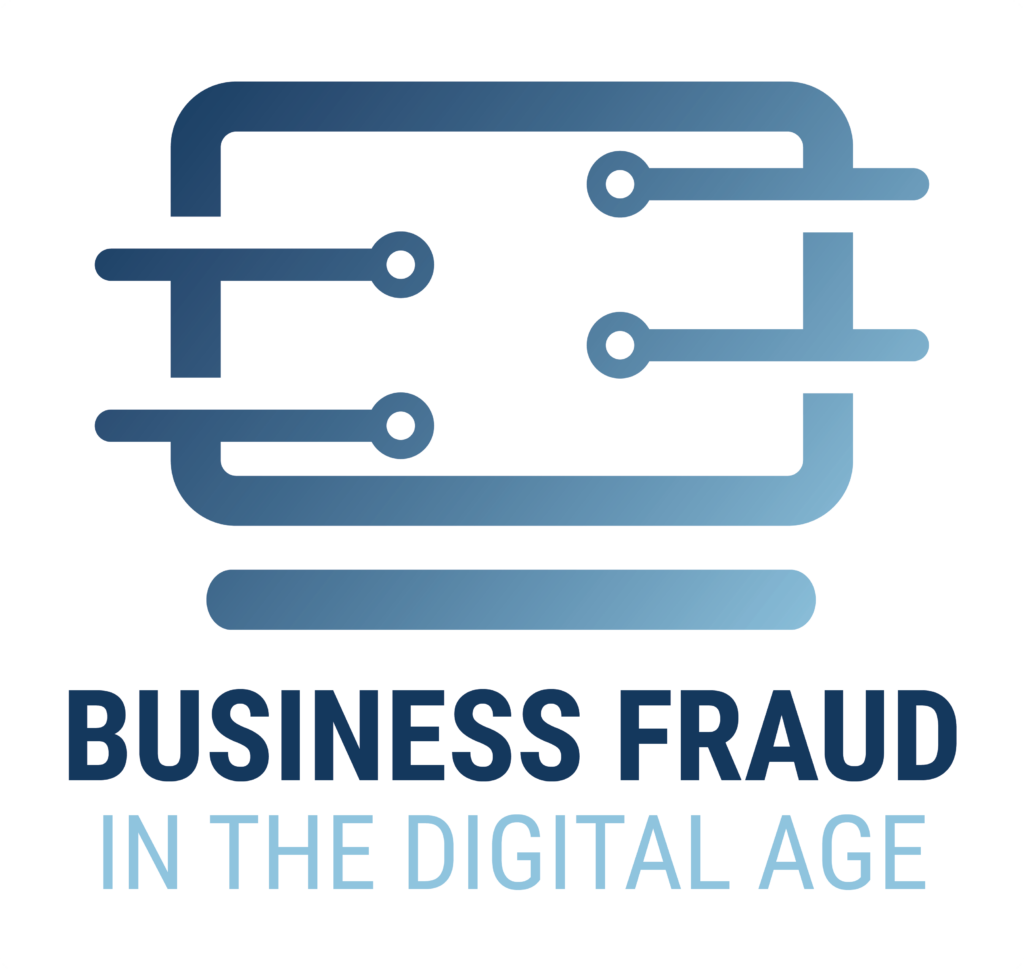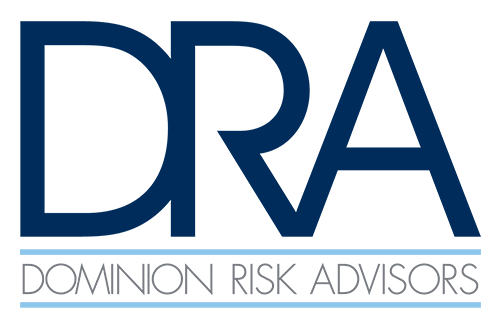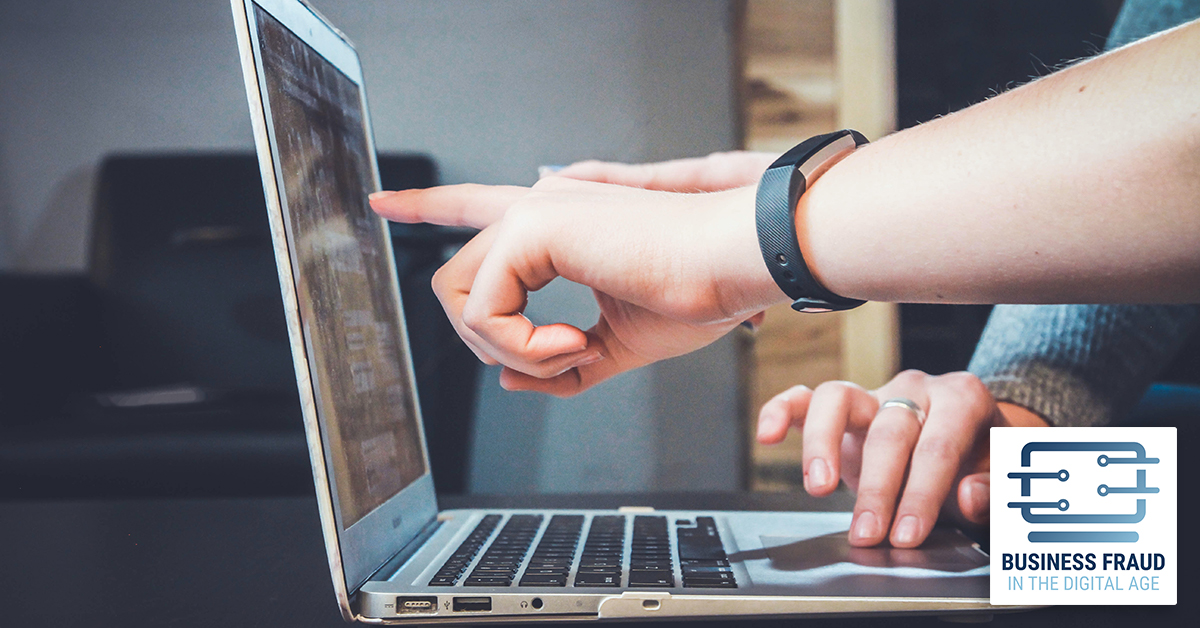BUSINESS FRAUD IN THE DIGITAL AGE: PART 3
The urgency to understand and combat banking fraud has never been greater. As we move further into 2024, financial institutions must remain vigilant to the ever-changing landscape of banking fraud.
Here are emerging types of fraud to monitor.
Rise of Synthetic Identity Fraud
Synthetic Identity Fraud is a growing concern. Here, criminals use a blend of real and fabricated information to create new identities. Traditional credit-check systems often fail to flag these ‘synthetic identities,’ making it easier for fraudsters to open new accounts and accumulate debt, leaving the banks to foot the bill.
Deepfakes & Voice Cloning
Deepfakes and voice cloning technologies are becoming increasingly sophisticated, allowing fraudsters to create highly convincing videos and voice recordings. These can be used to deceive bank officials via video or phone verification processes. As these technologies become more accessible, we can expect a surge in this type of fraud.
Remote Working Vulnerabilities
The adoption of remote working has forced inancial institutions to rely more heavily on cloud services and remote access tools, often leading to weaker security postures. Scammers are taking advantage of these vulnerabilities, often using phishing attacks aimed at employees to gain unauthorized access to internal systems.
Increased Use of Machine Learning and AI by Fraudsters
Just as banks are using Machine Learning and AI to detect fraud, so too are fraudsters using these technologies to find loopholes and vulnerabilities in current banking systems. The battle against fraud is increasingly becoming a tech arms race, requiring banks to continuously update their defense mechanisms.
Corporate Identity Theft
It does not matter if you are a Fortune 500 company or a small business—cyber criminals are always looking for their next score. It is often assumed that smaller businesses will not attract attention from cyber crooks, but companies that employ 100 or fewer workers have seen their instances of data breach grow exponentially over the past several years. No company is completely immune to cyber-attack.
There are many ways a cyber thief can steal a company’s identity in addition to the types of online fraud listed above:
- Stealing credit history – A cyber thief could steal and use a company’s credit history for his or her own financial gain, and then use it to set up a dummy corporation, racking up huge debt for the real company.
- Dumpster diving – All too often, papers with sensitive information are recklessly tossed in the garbage instead of being properly shredded and discarded.
- Hacking – Having proper security measures in place for your computer system is essential to keep intangible assets safe. Make sure you are using firewalls, routers, and other security devices to protect your assets.

ABOUT THIS SERIES
This article is part of a six-part series on business fraud in the digital age. If you need more information about any of the information in this series, please contact us for more information.



